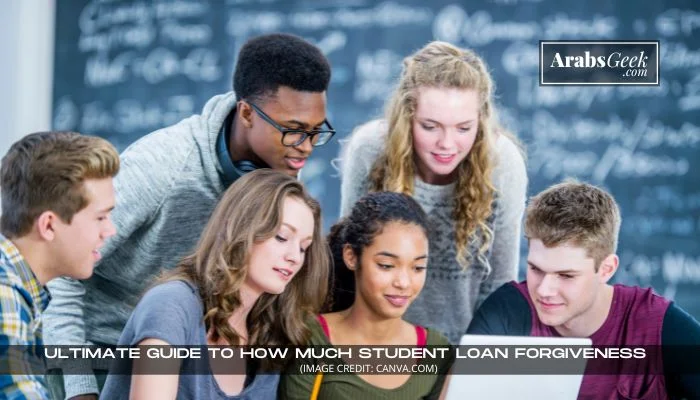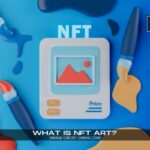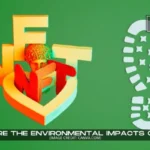As the cost of higher education continues to rise, many students turn to loans to finance their education. However, the burden of student loan debt can be overwhelming for many borrowers, and the concept of student loan forgiveness has become a topic of interest. In this article, we will explore the different types of student loan forgiveness programs available and how much relief they can offer borrowers.
Table of Contents
Introduction
Student loan forgiveness is a program that allows borrowers to have some or all of their student loan debt forgiven, meaning they no longer have to repay their loans. There are different types of student loan forgiveness programs, each with their own requirements and benefits. In this article, we will examine these programs and the amount of relief they offer borrowers.
For any business enquiry, you can contact us at ArabsGeek.com
For more of such financial articles, Consider visiting our sister website at EntrepreneursPilot.com
Types of Student Loan Forgiveness Programs
Public Service Loan Forgiveness
Public Service Loan Forgiveness (PSLF) is a program designed for borrowers who work in public service jobs, such as government, nonprofit, or education. This program forgives the remaining balance of a borrower’s Direct Loans after they have made 120 qualifying payments while working full-time for a qualifying employer. The forgiven amount is not taxable.
Teacher Loan Forgiveness
The Teacher Loan Forgiveness Program is designed for teachers who work in low-income schools or educational service agencies. This program forgives up to $17,500 of Direct or Stafford Loans after five years of teaching. The forgiven amount is not taxable.
Income-Driven Repayment Plans
Income-driven repayment plans (IDRs) are repayment plans that base a borrower’s monthly payment on their income and family size. These plans forgive any remaining loan balance after 20-25 years of qualifying payments. The forgiven amount is considered taxable income.
How Much Student Loan Forgiveness Can You Get?
Public Service Loan Forgiveness
The amount of student loan forgiveness a borrower can receive through PSLF depends on the amount of their remaining loan balance after making 120 qualifying payments while working full-time for a qualifying employer. There is no limit to the amount that can be forgiven, as long as the borrower’s remaining loan balance is eligible for forgiveness.
Teacher Loan Forgiveness
The Teacher Loan Forgiveness Program forgives up to $17,500 of Direct or Stafford Loans after five years of teaching. Borrowers must meet certain requirements, such as teaching in a low-income school or educational service agency, to be eligible for this program.
Income-Driven Repayment Plans
The amount of student loan forgiveness a borrower can receive through an IDR plan depends on the amount of their remaining loan balance after making 20-25 years of qualifying payments. The forgiven amount is considered taxable income.
Other Student Loan Forgiveness Programs
There are other student loan forgiveness programs available, such as the Closed School Discharge program and the Total and Permanent Disability Discharge program. The amount of forgiveness varies depending on the program and the borrower’s individual circumstances.
Eligibility Requirements for Student Loan Forgiveness
The eligibility requirements for student loan forgiveness programs vary depending on the program. For example, to be eligible for Public Service Loan Forgiveness, borrowers must work full-time for a qualifying employer, make 120 qualifying payments, and have Direct Loans. To be eligible for the Teacher Loan Forgiveness Program, borrowers must teach full-time for five consecutive years in a low-income school or educational service agency and have Direct or Stafford Loans.
For IDR plans, borrowers must have Direct Loans, make qualifying payments for 20-25 years, and have a remaining loan balance at the end of the repayment period. Some forgiveness programs also have specific requirements, such as the Closed School Discharge program, which forgives loans for borrowers whose school closed while they were enrolled.
How to Apply for Student Loan Forgiveness
To apply for student loan forgiveness, borrowers must submit an application to their loan servicer. The application process varies depending on the program, and borrowers should ensure they meet all eligibility requirements before applying. Borrowers may also need to provide documentation of their employment, income, and loan information.
Considerations Before Seeking Student Loan Forgiveness
Before seeking student loan forgiveness, borrowers should consider the potential impact on their credit score and long-term financial goals. Forgiveness programs may require borrowers to make certain career choices or limit their earning potential, and forgiven amounts may be subject to taxes.
The Impact of Student Loan Forgiveness on Taxes
Forgiven amounts from some student loan forgiveness programs may be subject to taxes. Borrowers should consult with a tax professional or financial advisor to understand the potential tax implications of forgiveness programs.
Conclusion | How Much Student Loan Forgiveness
Student loan forgiveness programs can offer relief to borrowers struggling with student loan debt. However, eligibility requirements, forgiveness amounts, and potential tax implications vary depending on the program. Borrowers should carefully consider their options and seek professional advice before applying for student loan forgiveness.
Frequently Asked Questions (FAQs)
01. What is student loan forgiveness?
Student loan forgiveness is a program that allows borrowers to have a portion or all of their student loan debt forgiven or canceled. Forgiveness can be granted through various programs based on certain criteria, such as employment in certain professions or repayment plan types.
02. How many types of student loan forgiveness programs are there?
There are various types of student loan forgiveness programs, including Public Service Loan Forgiveness, Teacher Loan Forgiveness, Income-Driven Repayment Plans, Closed School Discharge, and more.
03. How much student loan forgiveness can I receive?
The amount of student loan forgiveness that a borrower can receive varies depending on the program and the borrower’s eligibility. Some forgiveness programs may forgive the entire loan balance, while others may only forgive a portion of the debt.
04. What are the eligibility requirements for student loan forgiveness programs?
Eligibility requirements vary depending on the program. Generally, borrowers must meet certain employment or education requirements and have qualifying loan types. Specific requirements can be found on the program’s website or by consulting with a financial advisor.
05. How do I apply for student loan forgiveness?
To apply for student loan forgiveness, borrowers must submit an application to their loan servicer. The application process varies depending on the program, and borrowers should ensure they meet all eligibility requirements before applying.
06. What should I consider before seeking student loan forgiveness?
Before seeking student loan forgiveness, borrowers should consider the potential impact on their credit score and long-term financial goals. Forgiveness programs may require borrowers to make certain career choices or limit their earning potential, and forgiven amounts may be subject to taxes.
07. Will forgiven amounts be subject to taxes?
Forgiven amounts from some student loan forgiveness programs may be subject to taxes. Borrowers should consult with a tax professional or financial advisor to understand the potential tax implications of forgiveness programs.











